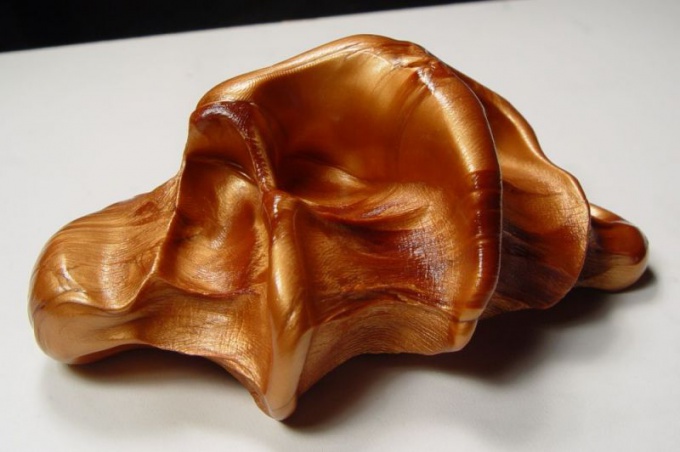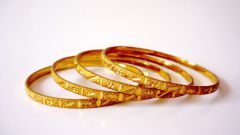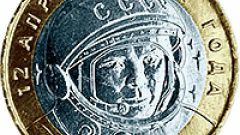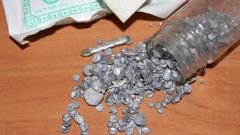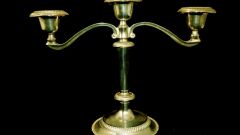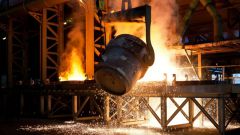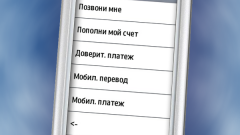Instruction
1
To determine the bronze, then to know the composition of the alloy that you have in your hands. For those who work with bronze, rather superficial inspection. Clean the item from dust and corrosive oxides. Then go to the usual inspection or binocular magnifying glass, but pick the proper lighting. Make a test macroscopic mechanical clearing with a scalpel or sharp knife.
Already by the color of the slice, you can determine what, before you alloy. Depending on the composition of the bronze has a different color. If the bronze contains 90% copper, it is red if copper 85% the alloy becomes yellow if 50% are white, 35% are steel gray.
Alloys of copper with beryllium bright red, and aluminium – have pastel shade and sometimes stringy inclusions.
Already by the color of the slice, you can determine what, before you alloy. Depending on the composition of the bronze has a different color. If the bronze contains 90% copper, it is red if copper 85% the alloy becomes yellow if 50% are white, 35% are steel gray.
Alloys of copper with beryllium bright red, and aluminium – have pastel shade and sometimes stringy inclusions.
2
For a more precise analysis, conduct a chemical examination with the reagents. Place 0.05 g of the alloy in the form of sawdust or shavings into the beaker, add 10 ml of nitric acid, which was pre-dilute with water in 1:1 ratio, cover the beaker glass. After dissolve a greater quantity of alloy, heat liquid in a water bath nearly to boiling and soak it hot for 30 minutes. If after this experience at the bottom of the beaker will appear a white precipitate, so the product is made of bronze.
3
In an industrial environment, use the spectrometer. This device is based on the existing parameters of the physical properties of metal and its particle (e.g., scraping), is conducting a study into its components.
4
In laboratory conditions it is possible to analyze the photometric method, based on the interaction of lead diethyldithiocarbamate in chloroform with copper ions in an acidic medium, resulting in the diethyldithiocarbamate copper. The uninitiated can understand the reaction to change the color of the liquid in the test tube with the test material in the presence of the bronze alloy content is painted in yellow-brown color.
